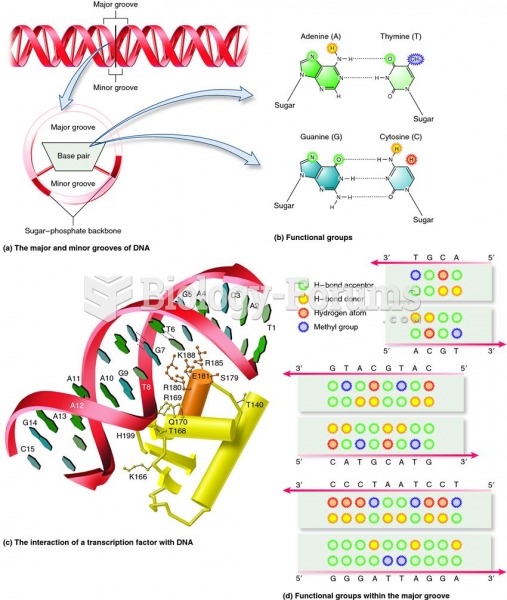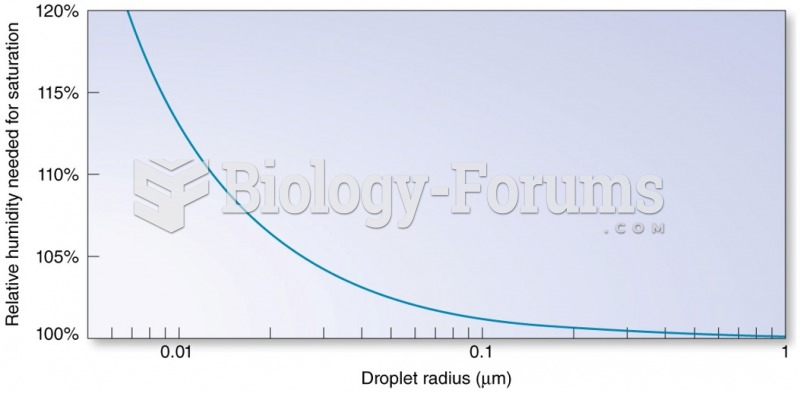|
|
|
Did you know?
The human body produces and destroys 15 million blood cells every second.
Did you know?
Not getting enough sleep can greatly weaken the immune system. Lack of sleep makes you more likely to catch a cold, or more difficult to fight off an infection.
Did you know?
Excessive alcohol use costs the country approximately $235 billion every year.
Did you know?
Women are two-thirds more likely than men to develop irritable bowel syndrome. This may be attributable to hormonal changes related to their menstrual cycles.
Did you know?
About 100 new prescription or over-the-counter drugs come into the U.S. market every year.







